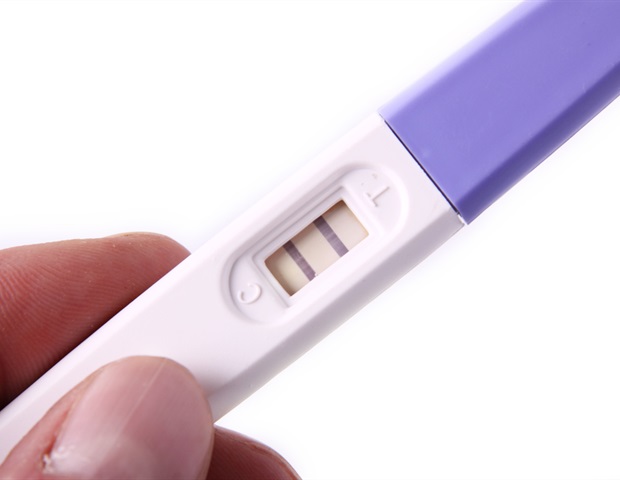
Over the past two decades, conditional cash transfer programs have led to a 24% reduction in child mortality in Brazil, Mexico and Ecuador, equivalent to more than 700,000 child deaths averted, according to an impact evaluation study led by the Barcelona Institute for Global Health (ISGlobal), an institution supported by “la Caixa” Foundation. The results, published in JAMA Network Open, also show that expanding these programmes could save more than 150,ooo lives by mitigating the effects of the current economic crisis.
Conditional cash transfer (CCT) programs are one of the most consolidated poverty-reduction policies. They were designed to break the cycle of poverty by giving money to low-income families in exchange for meeting certain health and education requirements for their children. There are currently 30 such programmes in Latin America, a region with some of the largest income and health inequalities in the world. “Countries have reported various health benefits of these programs, but we lacked evidence of their impact across countries and during the current period of multiple global crises” says Davide Rasella, ISGlobal researcher.
In this study, an international team coordinated by Rasella evaluated the health impact of these programs over the past 20 years and predicted their impact in future scenarios. The research team linked CCT coverage to health and socioeconomic data from 4,882 municipalities in three countries: Mexico, which launched the first nationwide CCT program (Progreso) in 1997; Brazil, which has the world’s largest program (Bolsa Familia); and Ecuador, whose Bono de Desarrollo Humano costs the most in percentage of gross domestic product.
Reduction of poverty-related diseases
The retrospective analysis shows that, between 2000 and 2019, consolidated municipal CCT coverages were associated with a 24% reduction on overall mortality in children under five years, corresponding to 739,919 child deaths averted in all the three countries over the same period. The higher the coverage of CCT, the greater the impact on child mortality and hospitalization, particularly for poverty-related diseases such as malnutrition, diarrhea, Tuberculosis, HIV/AIDS, respiratory infections and malaria.
“We believe that this effect is mostly due to better socioeconomic conditions, such as better nutrition and housing, rather than to conditioning the income on the use of basic health services,” says Daniella Medeiros, from the Federal University of Bahia in Brazil, and first author of the study. This may explain why the stronger effect was seen on postneonatal and under-five mortality, which is more dependent on socioeconomic conditions, compared with neonatal mortality, which depends more on health care services.
Expand coverage in response to economic crises
The forecast analyses considered three potential economic crisis scenarios (short, medium and long) and three alternative responses in terms of CCT coverage (mitigation, baseline and fiscal austerity). In the medium crisis scenario, mitigation (i.e. expanding coverage to include the “new” poor) would reduce child mortality by up to 17% and prevent 153,601 child deaths in the three countries by 2030. Rapid expansion of CCT programs during economic crises is therefore an effective policy to mitigate the health impact and save children’s lives.
“Poverty remains one of the main drivers of disease and death in low- and middle-income countries, but sometimes we focus on other risk factors and overlook its predominant role, even though it is a determinant on which we can effectively act from multiple perspectives,” concludes Rasella.
Source:
Barcelona Institute for Global Health (ISGlobal)
Journal reference:
Medeiros-Cavalcanti D, Ordoñez JA, Aransiola T, et al. Evaluation and forecasting analysis of conditional cash transfer an child mortality in Latin America. JAMA Network Open. July 2023. DOI: 10.1001/jamanetworkopen.2023.23489

 PARENTING TIPS
PARENTING TIPS







 PREGNANCY
PREGNANCY








 BABY CARE
BABY CARE








 TODDLERS
TODDLERS








 TEENS
TEENS








 HEALTH CARE
HEALTH CARE







 ACTIVITIES & CRAFTS
ACTIVITIES & CRAFTS








 CONTACT
CONTACT ABOUT
ABOUT


